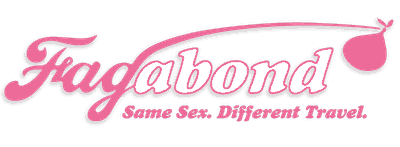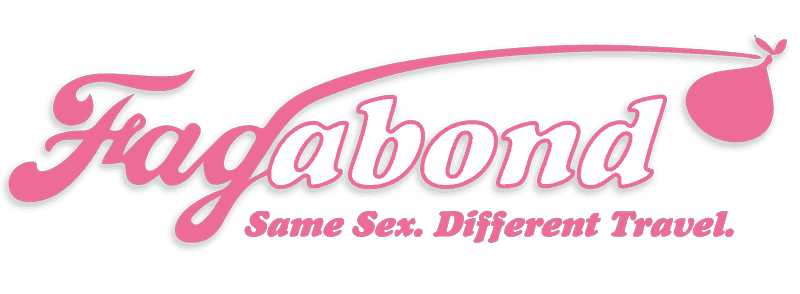More Than Paint
Some people see stripes on pavement. We see history. Visibility. Belonging. The rainbow crosswalks Florida controversy isn’t just about paint — it’s about erasing memory, identity, and community. These crosswalks aren’t just decorative art — they’re public landmarks of joy, resilience, and community. They tell queer people (locals and visitors alike) that this is a place where they matter, where they’re welcome, where they can hold hands and walk proudly.
That’s why Florida’s ongoing campaign to cover rainbow crosswalks is devastating. Under Governor Ron DeSantis, the Florida Department of Transportation (FDOT) has ordered cities to erase street art deemed “non-standard surface markings,” including rainbow crosswalks, even those installed with community support. This isn’t about paint. It’s about politics — an effort to erase LGBTQ+ visibility under the guise of safety and uniformity.
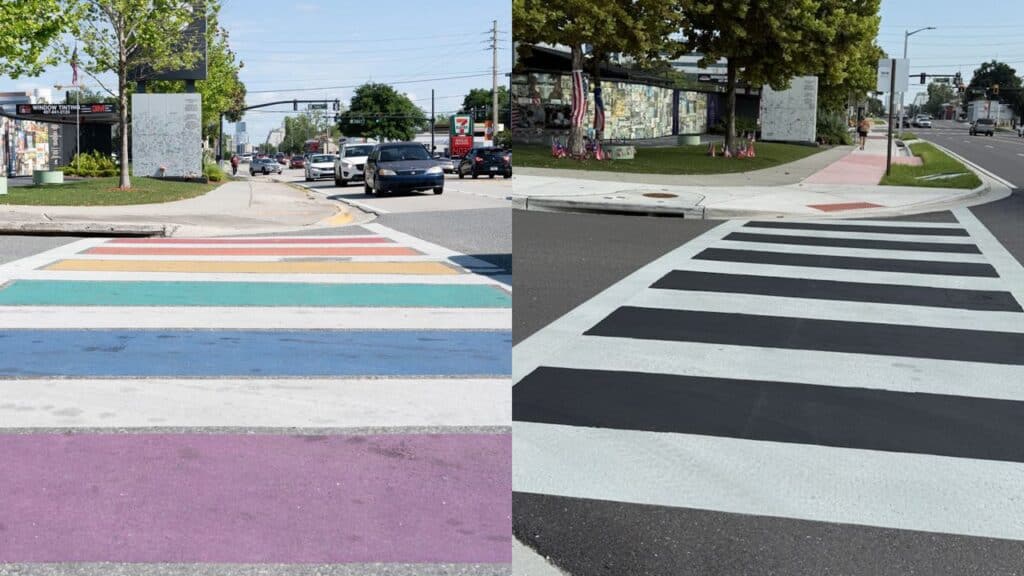
Florida Examples: Erased Overnight
This isn’t theory. It’s happening now.
-
Orlando: The Pulse memorial rainbow crosswalk — a daily reminder of 49 lives lost — was painted over by FDOT crews overnight, without advance notice to the city or community.
-
Delray Beach: Four rainbow crosswalks in the Pineapple Grove Arts District, once known as the “Pride Intersection,” were erased under state orders, despite strong local opposition.
-
Key West: Duval Street rainbow crosswalks — iconic photo ops for Pride visitors and symbols of the island’s LGBTQ+ welcome — have been removed.
-
St. Petersburg: The Progressive Pride intersection mural in the Grand Central District was scrubbed at dawn, stripping away one of the city’s most visible queer landmarks.
These aren’t isolated incidents. They’re part of a statewide effort to make LGBTQ+ people less visible in public life.
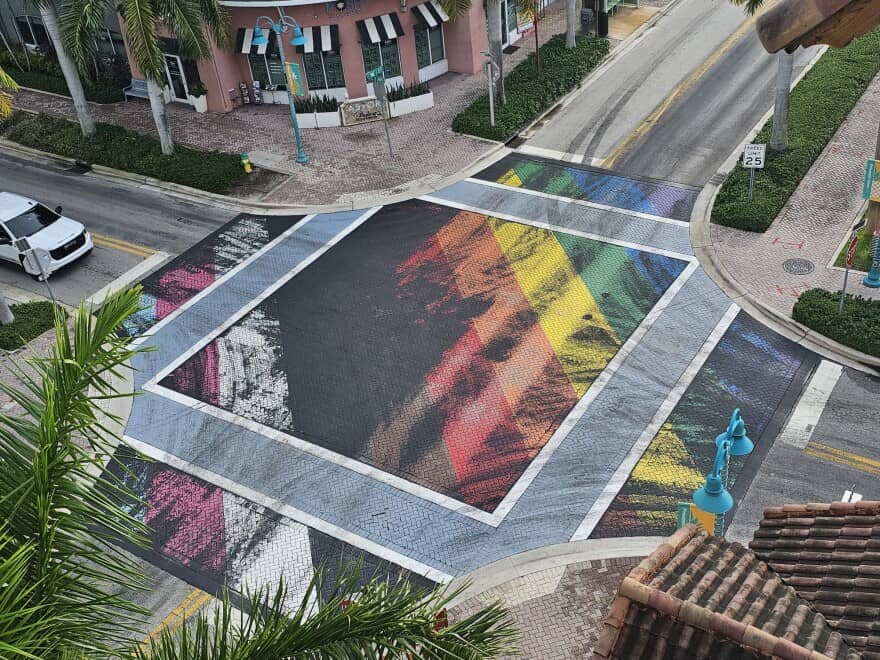
Why This Hurts
-
Erasing memory: The Pulse crosswalk wasn’t merely art — it was public grief transformed into daily visibility, honoring lives taken and lives lived.
-
Undermining belonging: The rainbow crosswalks Florida controversy isn’t just about paint. It’s about who gets to be visible in public space, and who gets erased.
-
Crushing business and tourism: Rainbow crosswalks help define gayborhoods — areas where LGBTQ+-friendly businesses cluster. They are destination features, identity markers tourists use to decide where to stay, eat, and play.
-
Challenging safety claims: FDOT says rainbow crosswalks confuse drivers. In reality, art crosswalks often improve pedestrian visibility and calm traffic. Safety isn’t the problem; politics is.
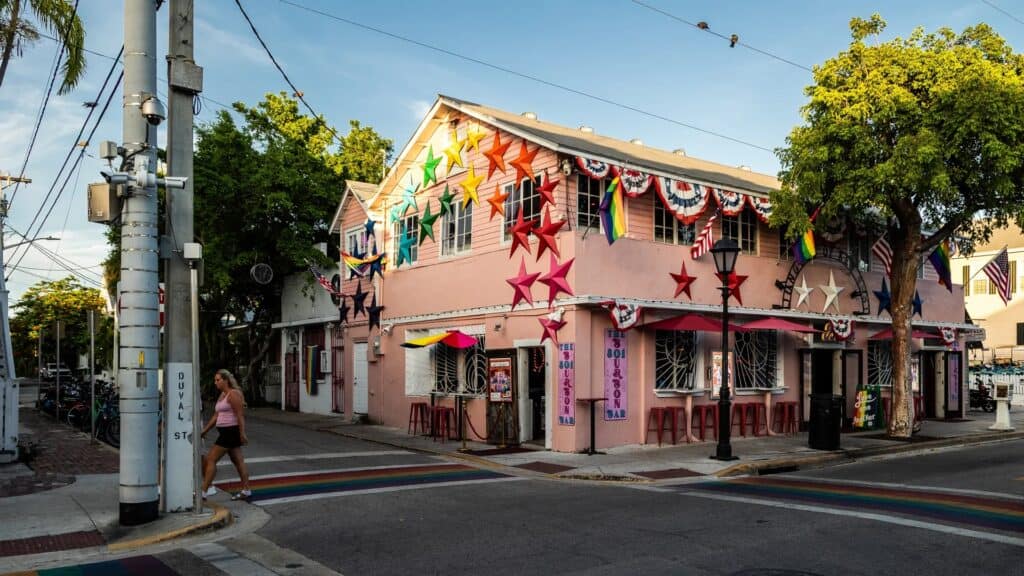
Florida Numbers: What’s at Stake
Tourism is Florida’s lifeblood. The scale of Florida’s visitor economy makes the rainbow crosswalks Florida controversy more than symbolic — it’s an issue tied directly to billions in tourism revenue.
-
Orlando / Central Florida: In 2024, direct visitor spending reached $59.9 billion, for a total economic impact of $94.5 billion. Tourists spend over $164 million every day in the region.
-
Florida Keys / Key West: Visitors spend an average of $1,667 per trip. In 2023, Monroe County saw $3.2 billionin lodging spend alone.
-
Statewide: In 2023, visitors spent $131 billion, generating $36.9 billion in tax revenue for local, state, and federal governments.
Erase crosswalks, and you don’t just lose color. You risk eroding what makes these destinations distinctive and beloved to visitors.

The Real Economic Impact: LGBTQ+ Travelers
Now, let’s look at numbers tied specifically to LGBTQ+ travel.
-
According to IGLTA’s State Policy Impact on LGBTQ+ Tourism (2024), 80% of U.S. LGBTQ+ respondents now perceive Florida as somewhat or very unwelcoming because of recent policies.
-
More than half (52%) of U.S. meeting planners say they hesitate or refuse to book travel or events in Florida due to its anti-LGBTQ+ laws. That’s lost conferences, weddings, and group trips.
-
Community Marketing, Inc. (CMI) estimates that LGBTQ+ travelers in the U.S. account for roughly $63 billion in annual travel spend. Globally, the LGBTQ+ tourism market will be worth $357 billion by 2025, climbing to $600+ billion by 2032.
Florida can’t afford to alienate that market. Visibility matters to LGBTQ+ travelers. Destinations that embrace us capture more than goodwill — they capture revenue.
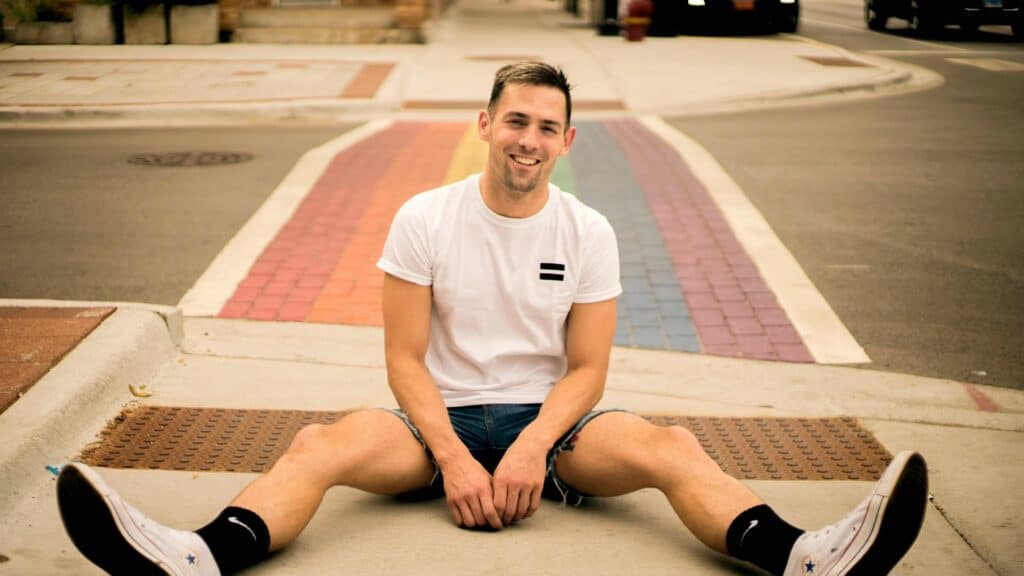
What Other Cities Have Done: Success Stories
Other destinations prove that rainbow crosswalks and queer visibility create tangible outcomes.
-
Philadelphia: The rainbow crosswalks at 13th & Locust, installed with thermoplastic for permanence, cost about $250,000. They’ve become icons of the Gayborhood, featured in tourism campaigns and boosting nearby small businesses.
-
Sydney, Australia: A rainbow crossing at Taylor Square cost A$75,000. After more than 15,000 petition signatures, the city made it permanent. It’s now a global photo op and a cultural anchor for WorldPride.
-
San Diego: Pride celebrations, anchored by visible Pride infrastructure, generate tens of millions of dollars in annual economic impact.
The pattern is clear: inclusive symbols draw visitors, elevate neighborhoods, and pay back their costs many times over.
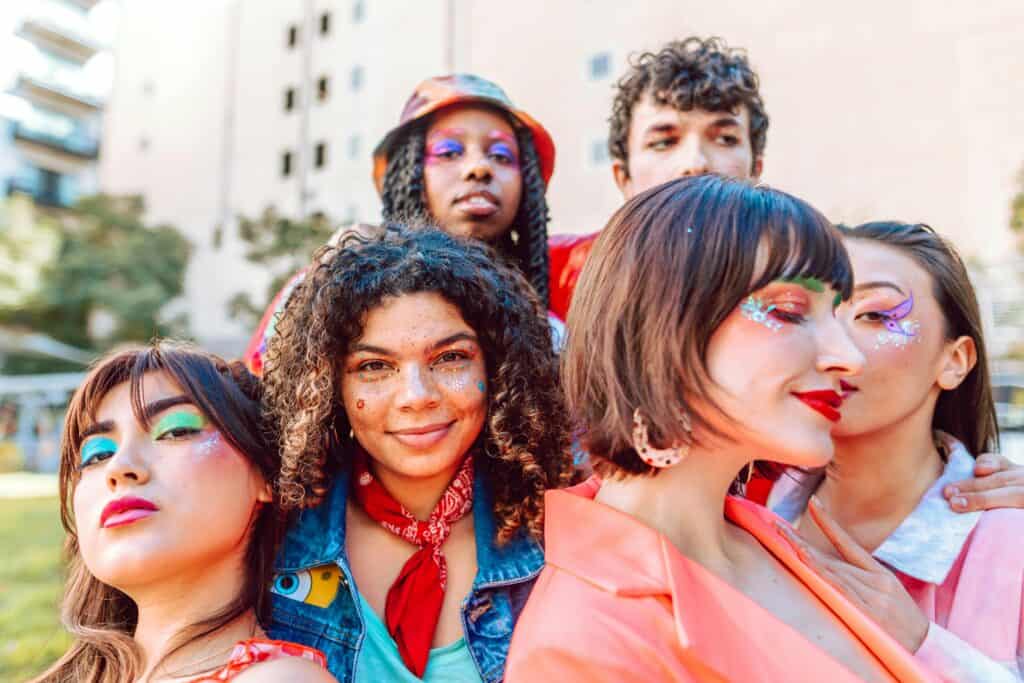
The Human Cost
Beyond dollars, visibility saves lives. Research by the Williams Institute at UCLA shows that visible LGBTQ+ support is linked to a 15% drop in reported anxiety and depression among LGBTQ+ youth. Erasing rainbow crosswalks doesn’t just remove paint. It removes affirmation. It tells queer kids their community doesn’t see them.
What Should Be Done
-
Cities must resist: Municipal governments should fight FDOT in court and in public hearings.
-
Businesses must speak up: Chambers, tourism boards, hotel associations — inclusivity is your brand. Make the economic case for visibility.
-
Communities must persist: When crosswalks vanish, communities can replace them with murals, chalk art, flags, and festivals. The rainbow always finds its way back.
Pride Isn’t Optional
Rainbow crosswalks are simple: paint, pavement, color. But they carry weight. They mirror who we honor, who belongs, who we remember. Under this policy, Florida’s leadership is asking LGBTQ+ communities to vanish from sight, to fade back into gray.
But identity isn’t so fragile. For every rainbow they erase, people will paint another. For every crosswalk they cover, communities will rebuild. The state may roll out gray, but it cannot mute pride.
And here’s where we — as LGBTQ+ travelers — have a role to play. It’s tempting to punish Florida by staying away, to “hit the governor where it hurts.” But the truth is this: queer communities in Key West, Orlando, St. Pete, Miami, and beyond depend on our presence and our spend. Every Pride dollar spent, every cocktail bought in a gay bar, every night at a queer-owned guesthouse is a statement. The more we show up, the harder we are to ignore.
You can’t paint over joy. You can’t erase belonging. And you sure as hell can’t legislate love out of existence.
So here’s my challenge:
-
If you’re a business owner, speak up.
-
If you’re a tourist, spend your money in places that celebrate you — including Florida’s queer hubs.
-
If you’re a Floridian, vote like your visibility depends on it.
Because honey, it does.
